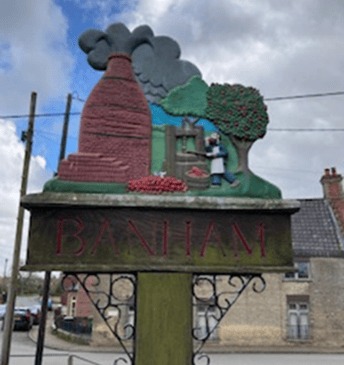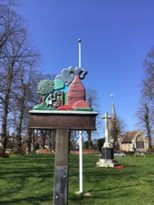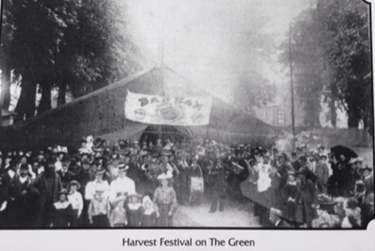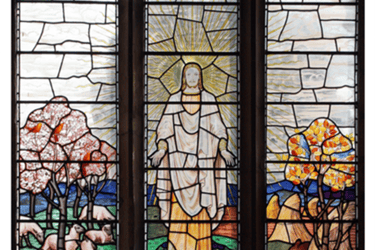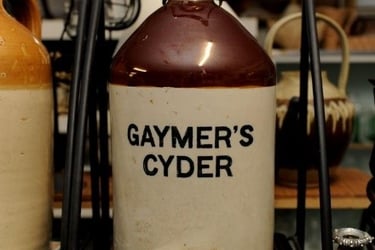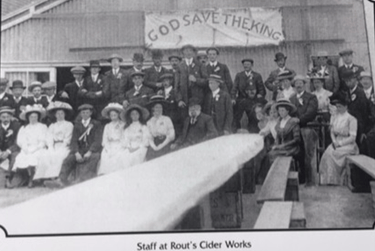Banham and Cider Making
A History of Banham
Sarah Howard
3/24/2025
For this first instalment, I thought I’d start by talking about the Banham village sign. Driving through the village the sign is hard to miss, standing on The Green facing the road. It has a lovely, picturesque backdrop of trees, War Memorial and Church. The Green (previously known as ‘Pleasure Green’ as it was the location for many fun and celebratory events such as Maypole dancing and the harvest festival) is surrounded by many historic buildings.
The sign was made by long standing Banham resident, Steve Eggleton in 1977 to celebrate Queen Elizabeth II Silver Jubilee. It is carved entirely of oak, chosen because it is very hard wearing.
Banham’s two main industries are depicted in the sign - cider production and brickmaking.
Records show that Banham was noted for its cider production as far back as the sixteen hundreds. It is understood that Banham’s brick clay subsoil was conducive for growing apples and gave them a distinct flavour.
Road names in the village such as Apple Close and Orchard Close refer to this industry. Early maps show several orchards surrounding the village. The land adjacent to the aptly named ‘Scrumpy Way’, was once home to fruit orchards and a cider factory. These were owned by the Gaymer family of ‘Gaymer’s cider’. They used many varieties of apple in their cider production and particularly favoured the Ribston Pippin variety. There is a road named Gaymer Close off Mill Road in the village and a William Gaymer memorial stained-glass window in the church, which depicts Jesus standing between two apple trees, one with Spring blossom, the other with Autumnal leaves.
Records suggest that a Robert Gaymer moved to Banham where he farmed and first began to produce cider. His son, ‘long John’ Gaymer continued production and was well known throughout the region because of his extraordinary height of six foot, ten and a half inches. He was buried in the churchyard in 1843. Production continued with the next generation but it was Wiliam Gaymer Junior (1842-1936) who is believed to be the first of the family to take commercial cider making seriously. Eventually Gaymer’s cider left Norfolk and relocated to Somerset. The company was taken over in 2009 by Irish drinks manufacturer C&C group. In the early 1900’s Charles Murton and Harold Gaymer were also producing their own cider in the village.
The Rout family was also very successful in this area, producing vast quantities in their red brick works in the centre of the village between 1856-1950’s. The works is now a complex of houses and can be found on lower Crown Street. The Garden House pub (now the Smoke House) was owned by the Rout family and only sold cider and wine.
I recently spoke to an elderly resident who remembered the works closing down following the second world war. She recalled how the business had boomed during the war years largely because of an influx of American soldiers stationed at the airbases surrounding the village: at Snetterton, Fersfield, Old Buckenham and Tibbenham. The airmen flocked to the village for the hugely popular dances held at the Pavillion dance hall on Kenninghall Road, which was the largest outside of Norwich (now no longer in existence). Copious amounts of the local brew were sold at these dances. When the war ended, the soldiers returned home, demand declined and sadly, the business closed.
Until fairly recently, The Barrel pub in The Appleyard opposite the Zoo made and sold its own cider. It’s Appleyard fayre was a celebration of different varieties of apples.
Following the successful completion of the Banham sign, Steve soon received requests from many other villages and his work can be seen throughout the region and beyond.
Steve who is an artist, teacher and writer, also made the church gates and carved the Banham primary school sign (currently removed for repainting) which like the village sign, also features an apple tree.
Front and back of sign- Careful observers will notice that the back of the village sign is slightly different to the front-see if you can spot the differences!
In the next blog, I’ll explore more about brickmaking- Banham’s other successful industry.

